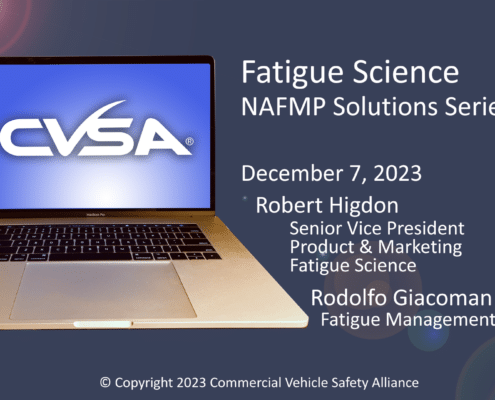ABC News: Could sleep apnea testing reduce major transportation accidents?
What did former Green Bay Packer, Reggie White, and the driver of a Metro North train have in common? A medical condition called sleep apnea.
For Reggie Miller, sleep apnea may have contributed to the heart condition which eventually led to his passing, but in the case of the driver of a Metro North train, fatigue related to sleep apnea led to a catastrophic derailment which killed four and injured over sixty people.
ABC News recently looked at the prevalence of sleep apnea and whether screening should be mandated for those responsible for the safety of others in the transportation industry. Studies show that sleep apnea may affect 22 million Americans and others estimate that 20-50% of truck drivers suffer from sleep apnea.
While in-lab testing for sleep disorders can cost $2600 per person, the National Transportation Safety Board (NTSB) does not agree that cost should be a factor in assessing transportation operators for sleep disorders, pointing out that there are alternatives to hospital tests, that can be done at home and at a fraction of the cost.
Fatigue Science’s Pat Byrne agrees that sleep disorder screening is important in identifying at-risk individuals and reducing overall workplace fatigue risk: “Screening for sleep disorders, like sleep apnea, should be part of an organization’s fatigue risk management system.” he says. “You can’t get people the help they need, without first diagnosing the problem. And fatigue caused by untreated disordered sleep is a real problem no matter what hours of service regulations you put in place.”
Watch the ABC News clip to learn more about sleep apnea and the debate to mandate sleep screening in the transportation industry:


